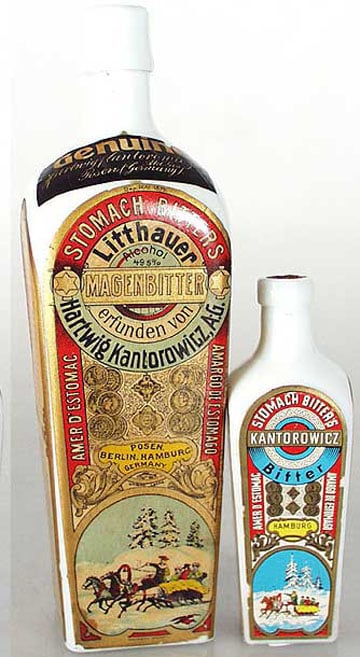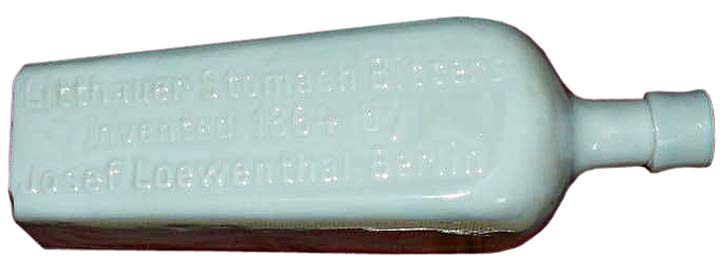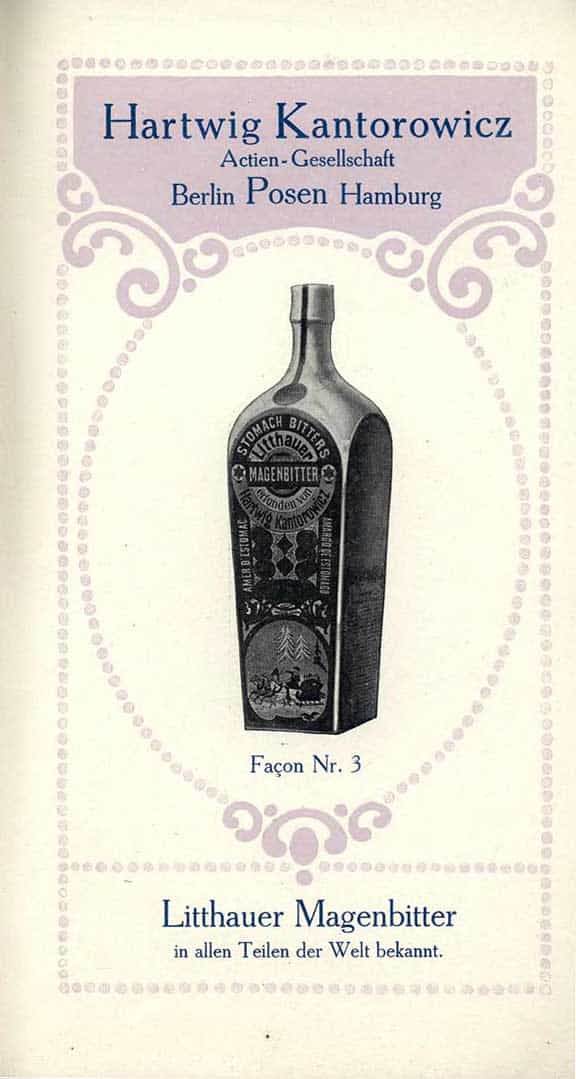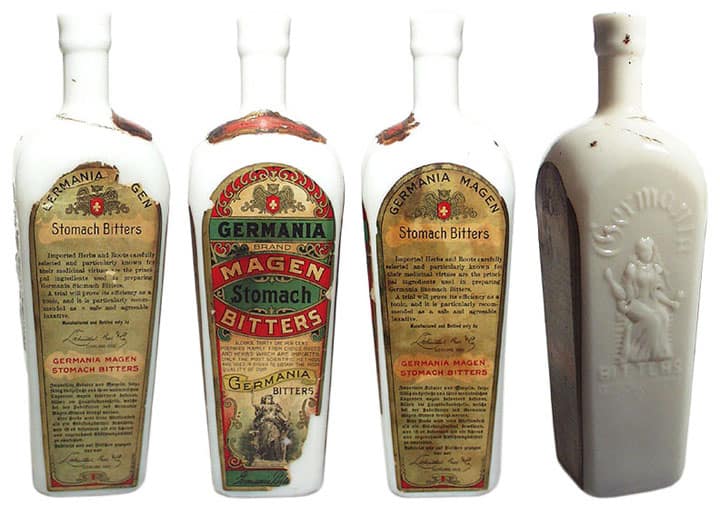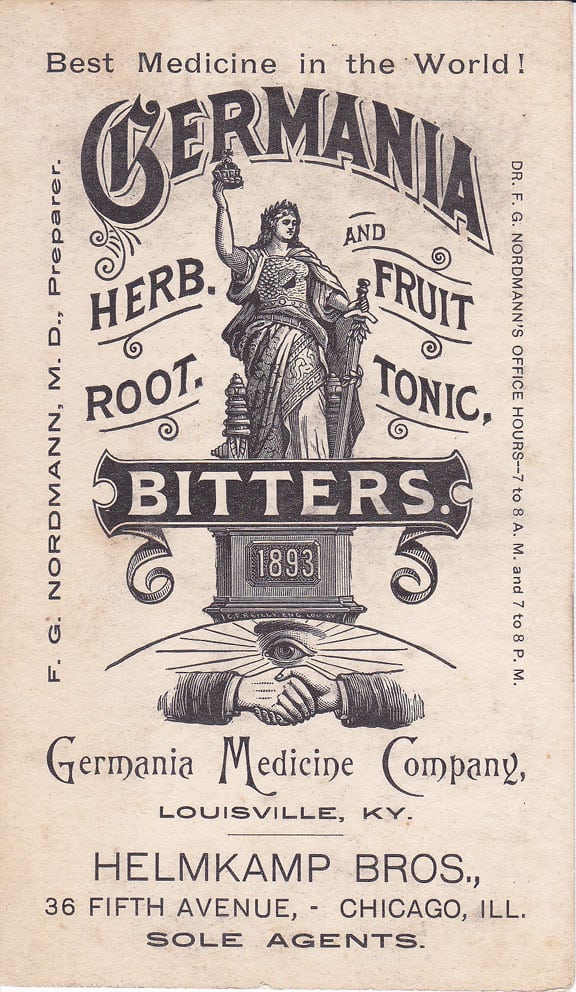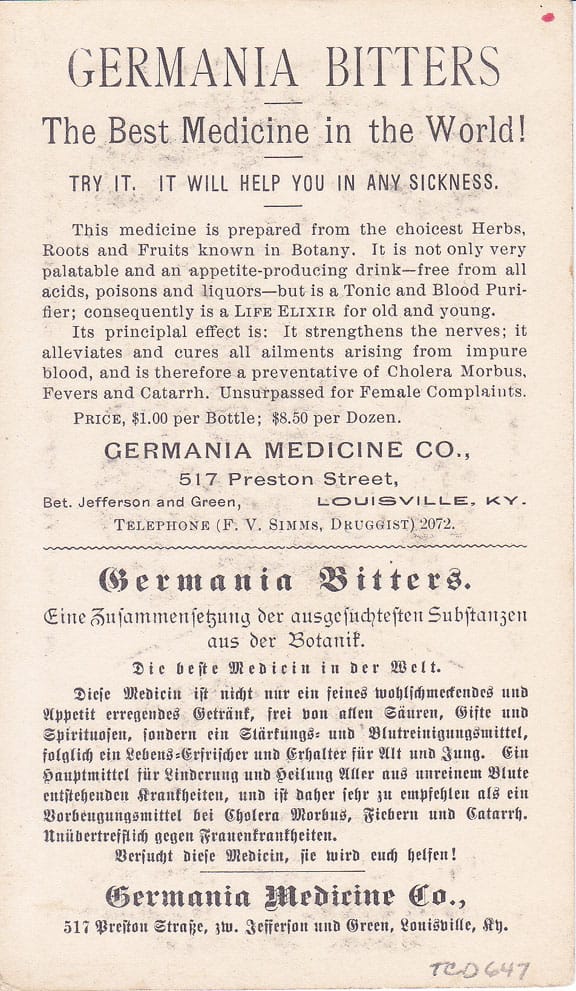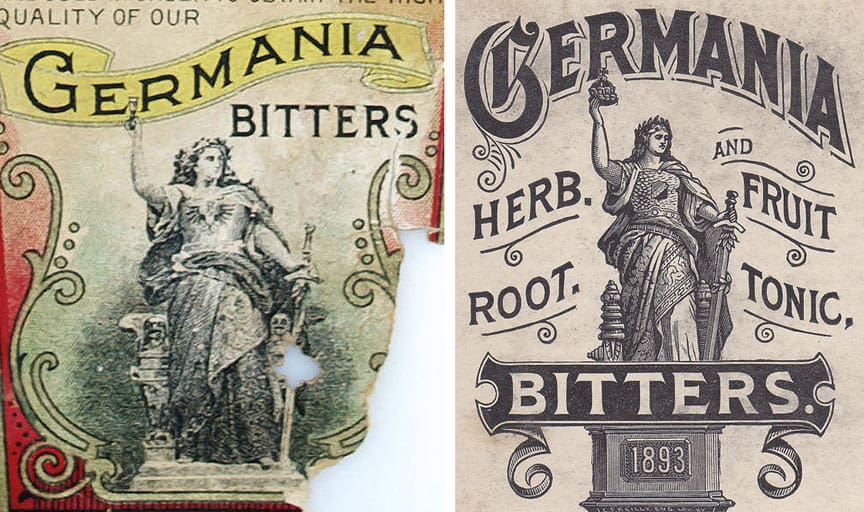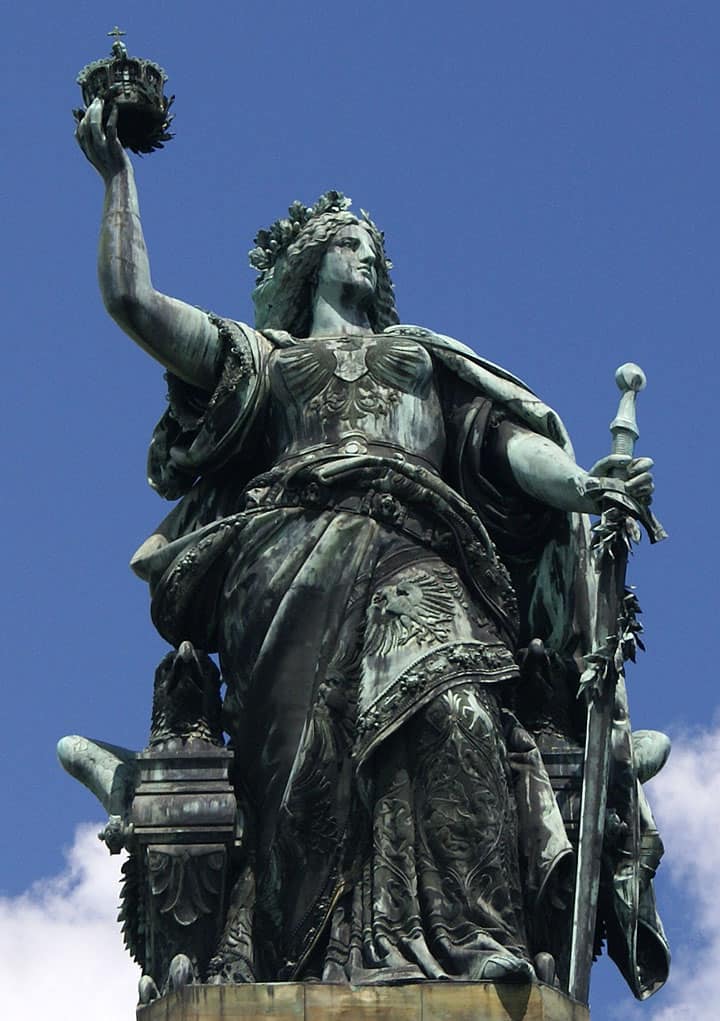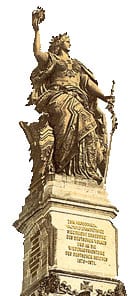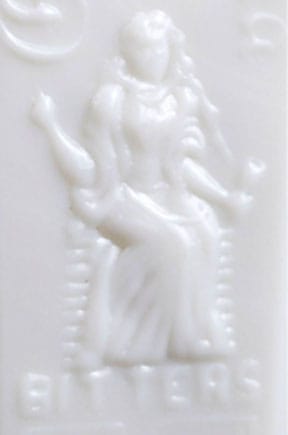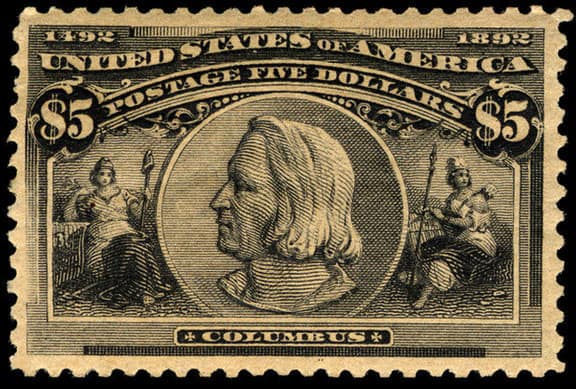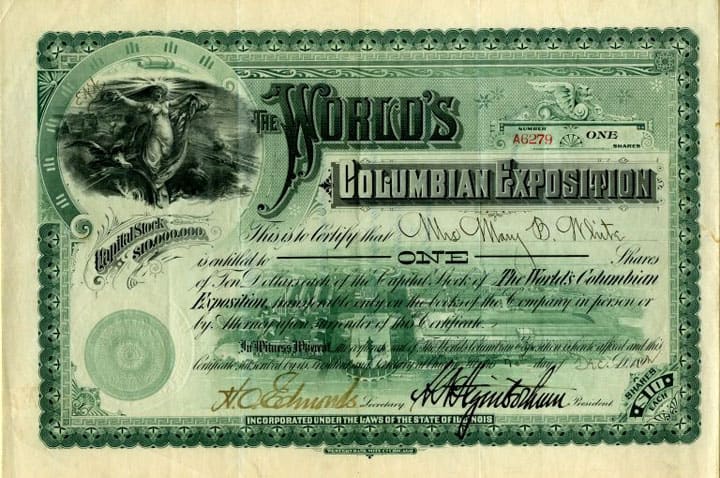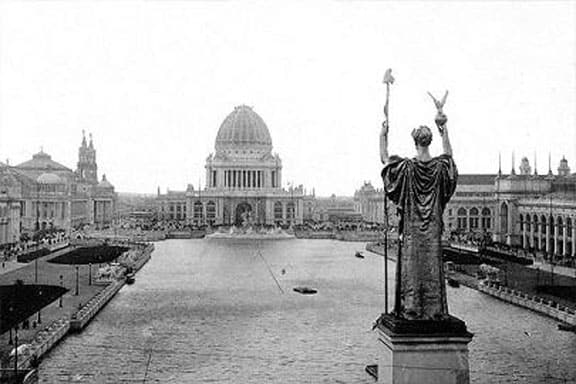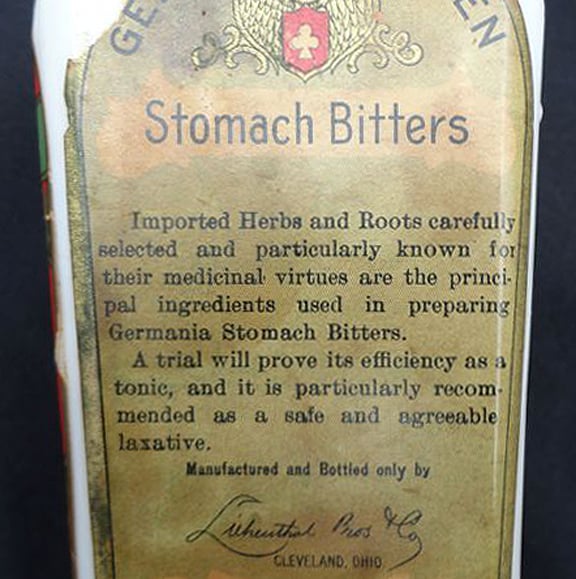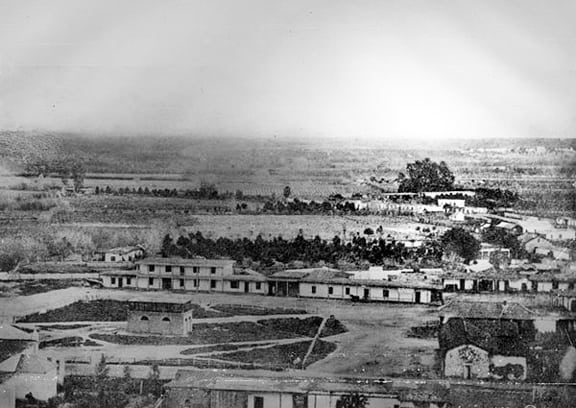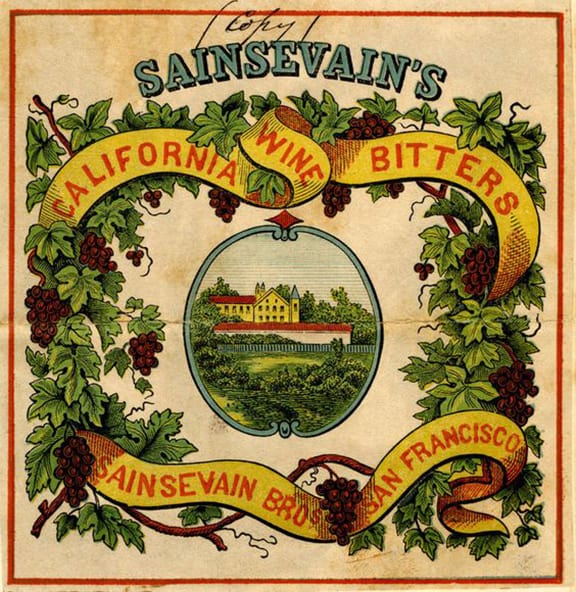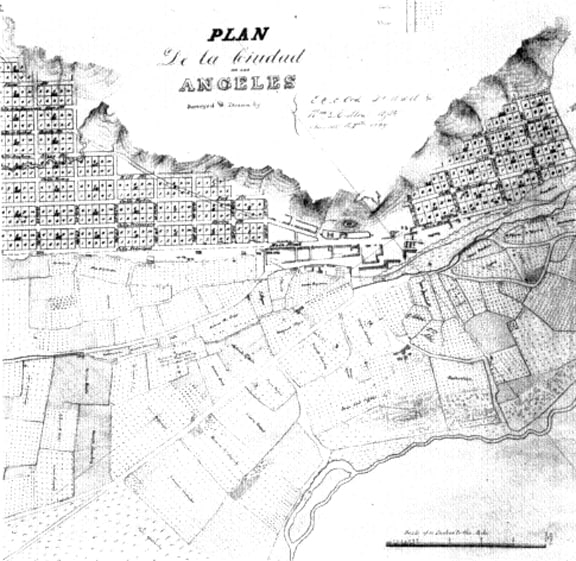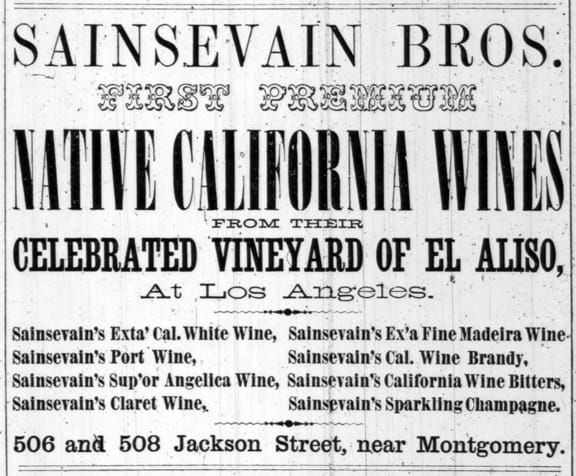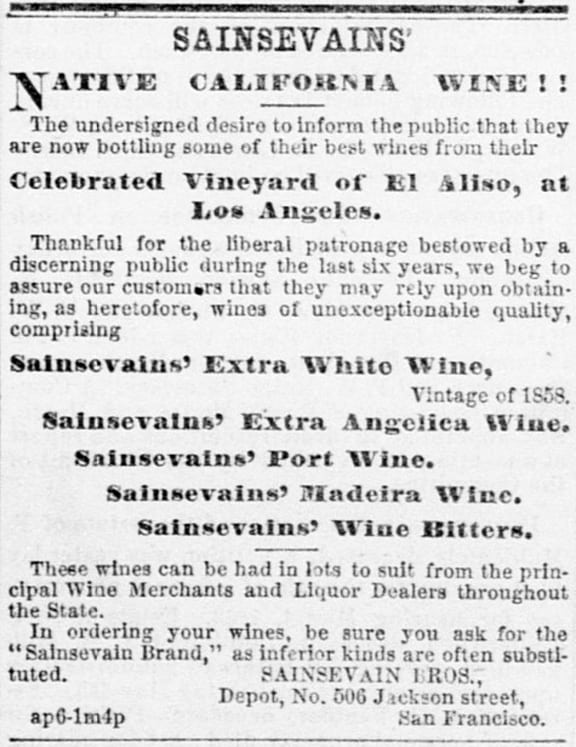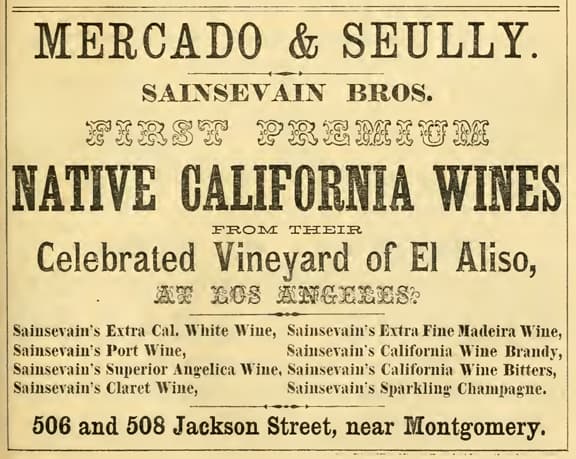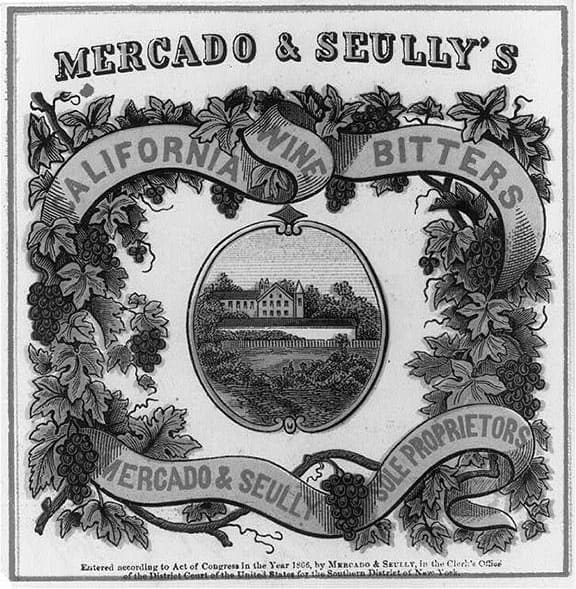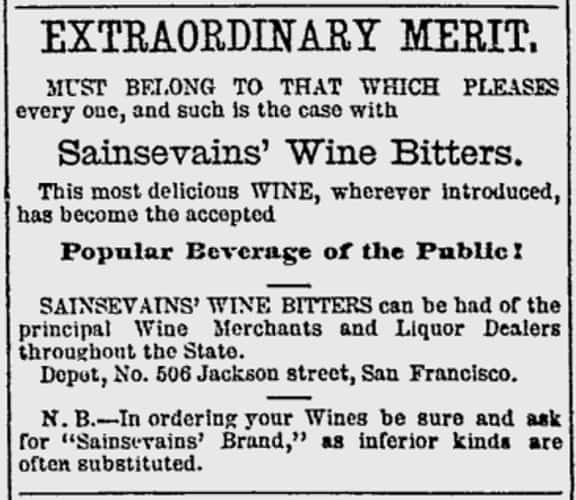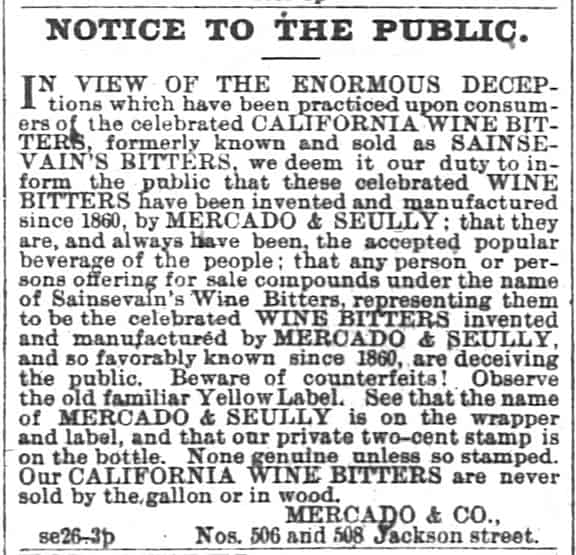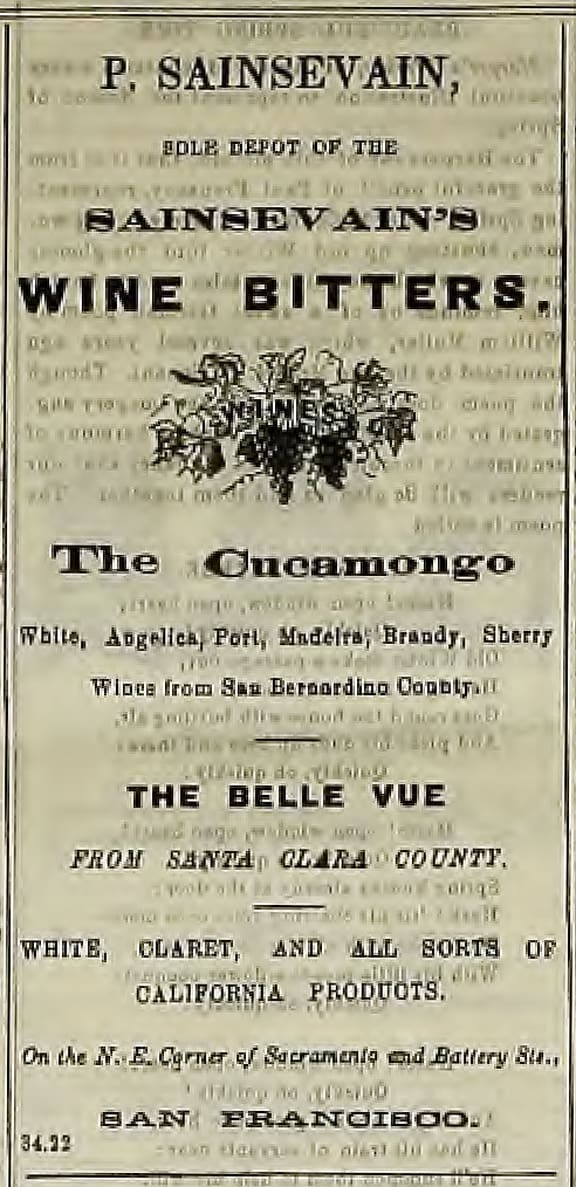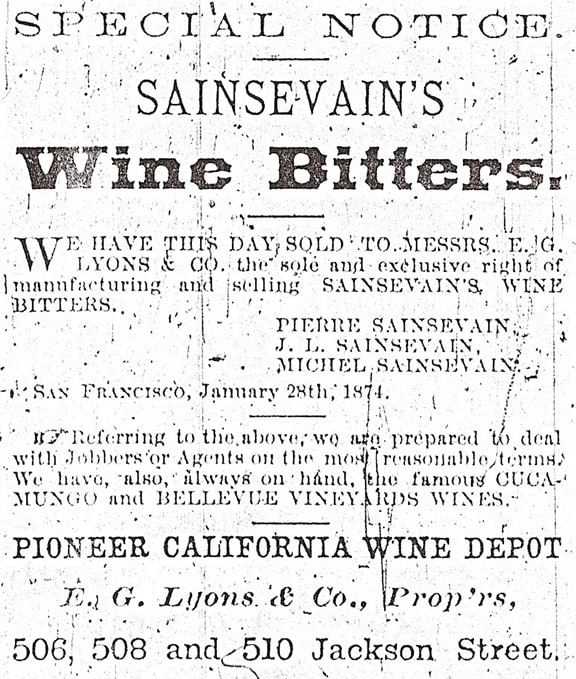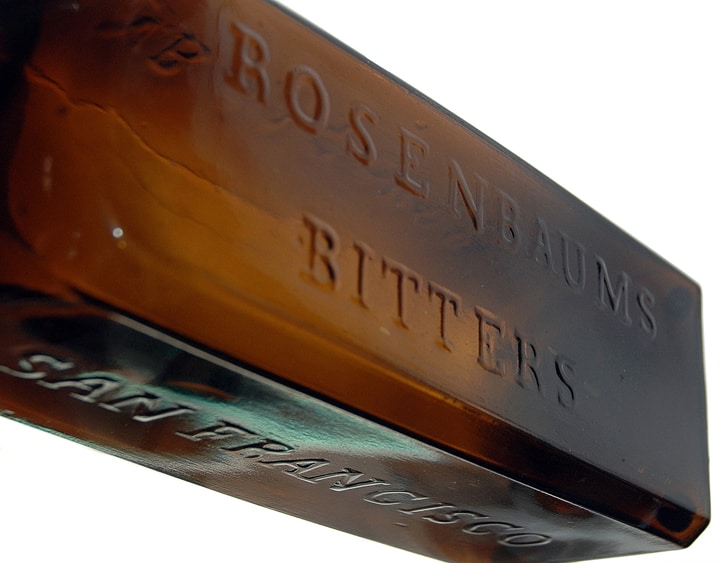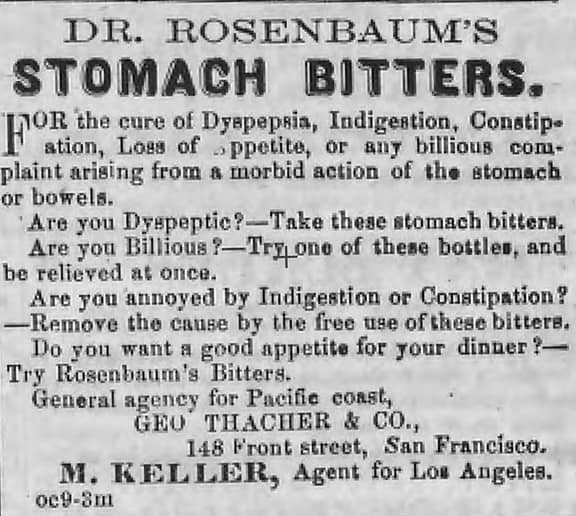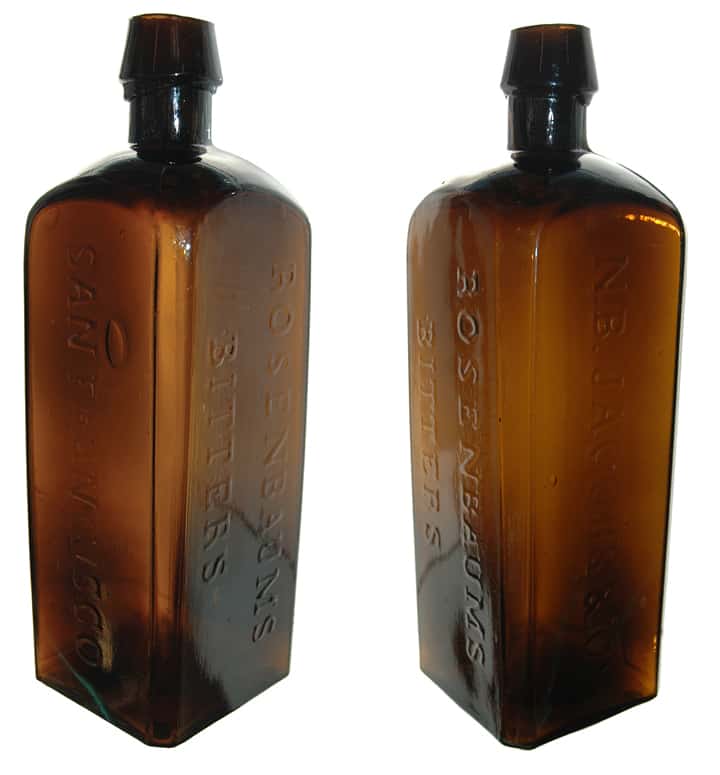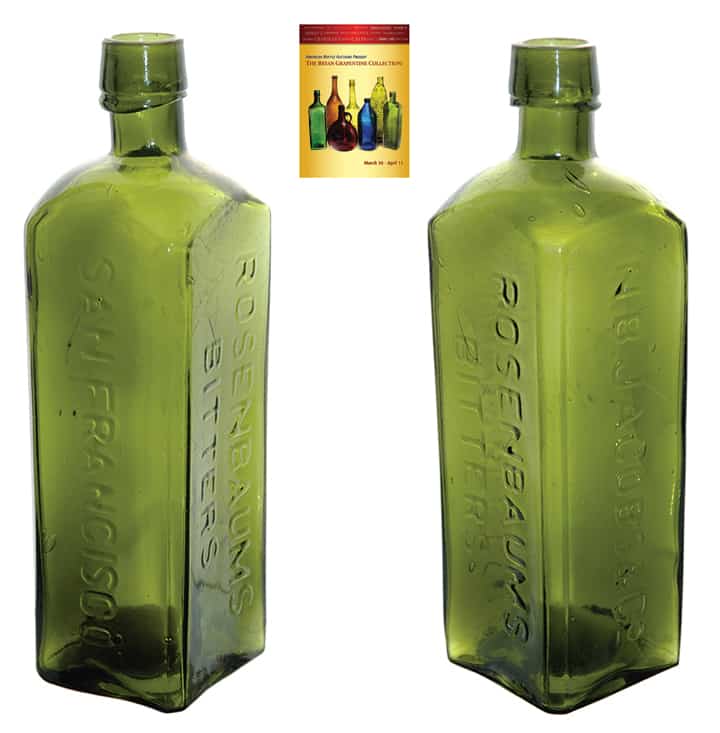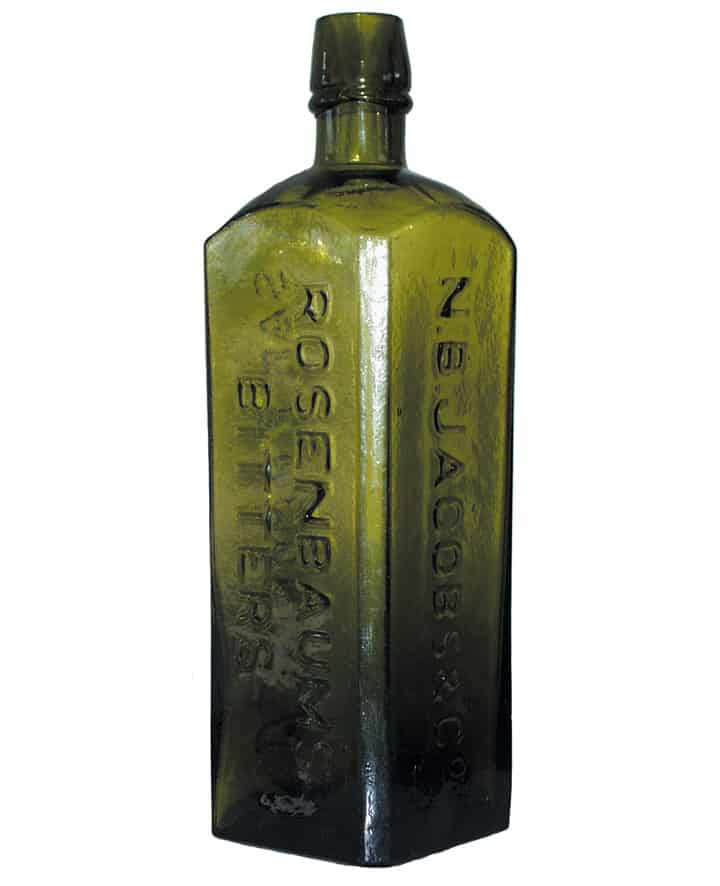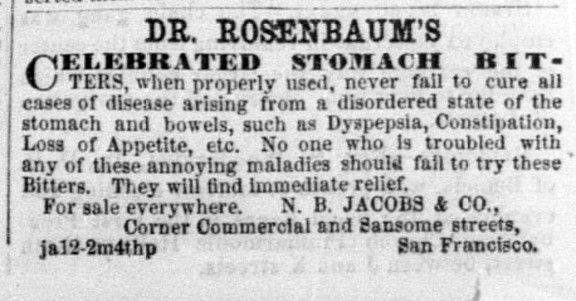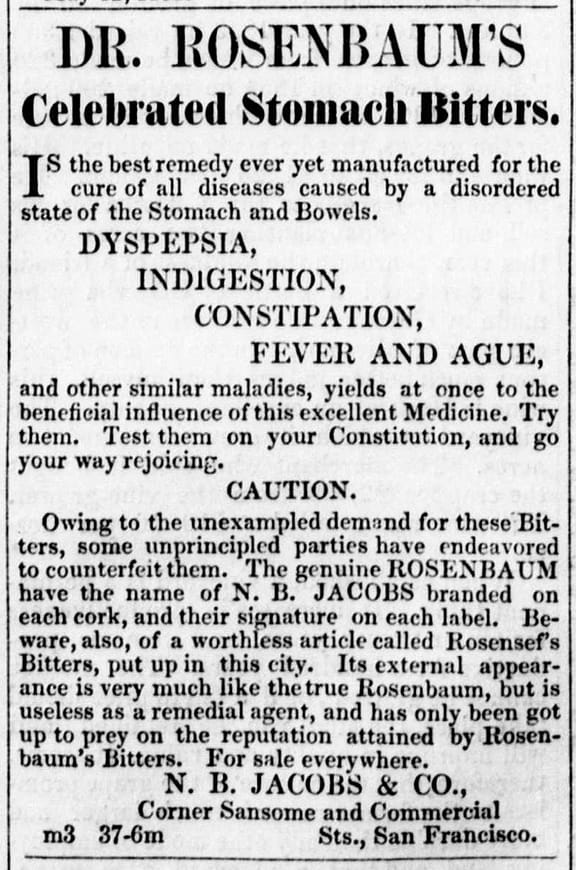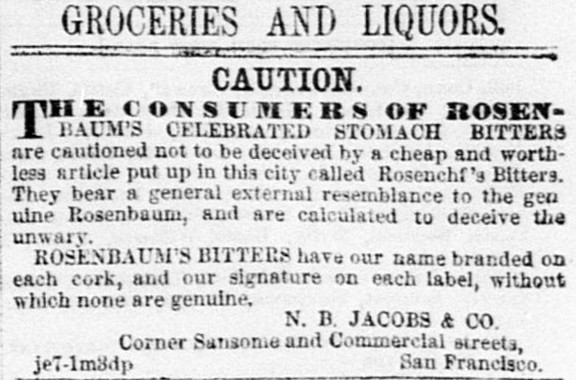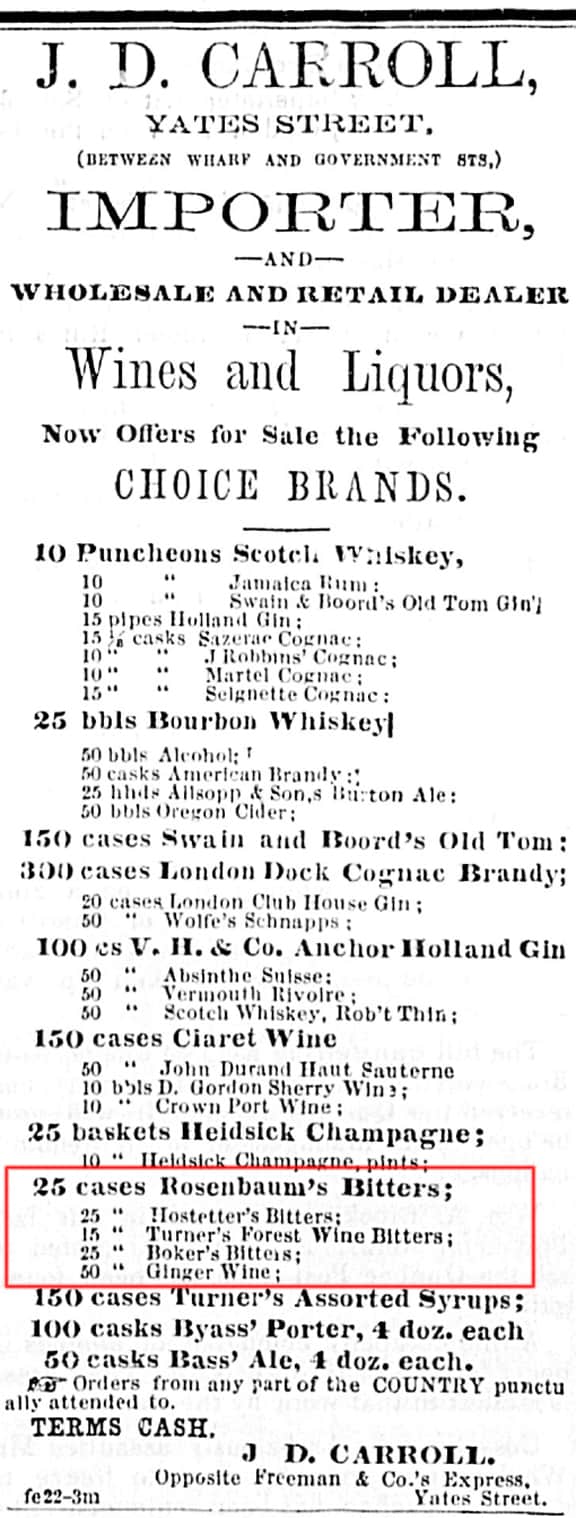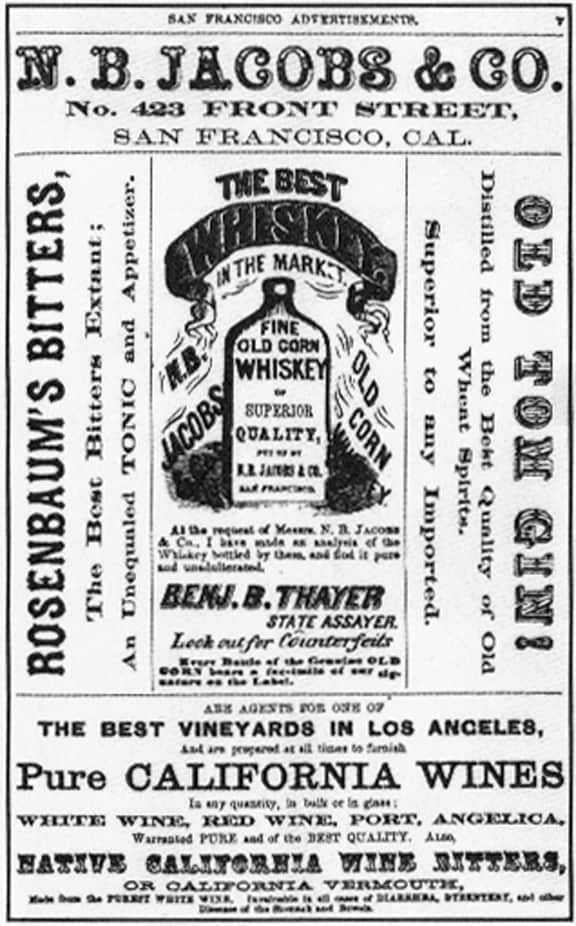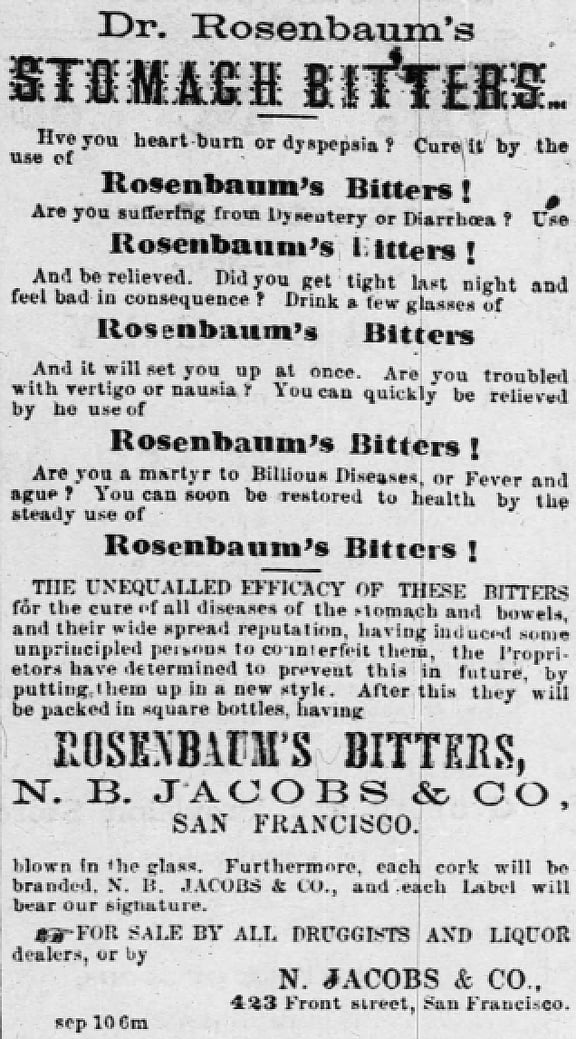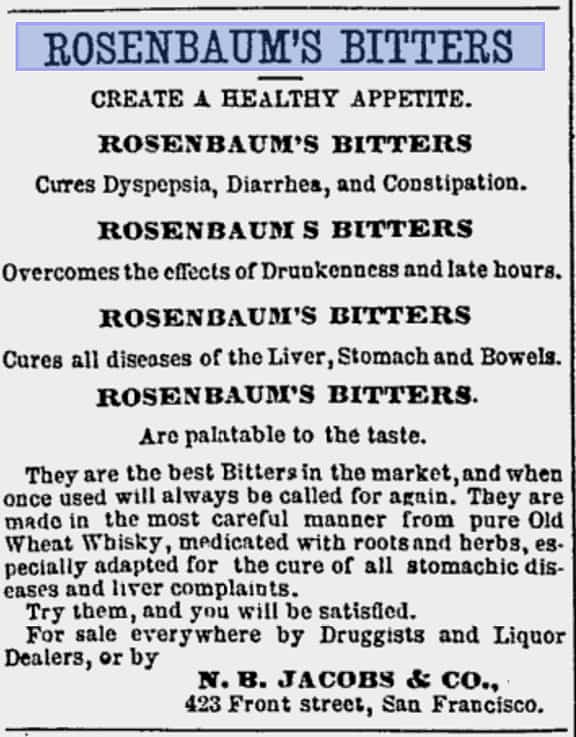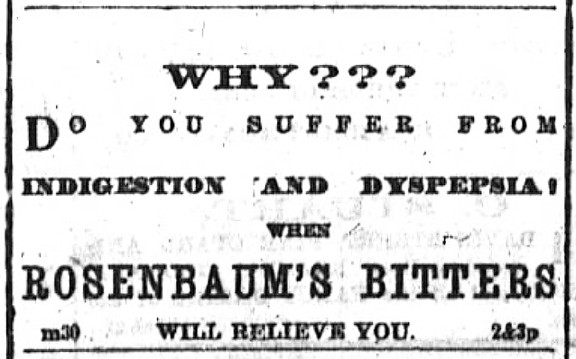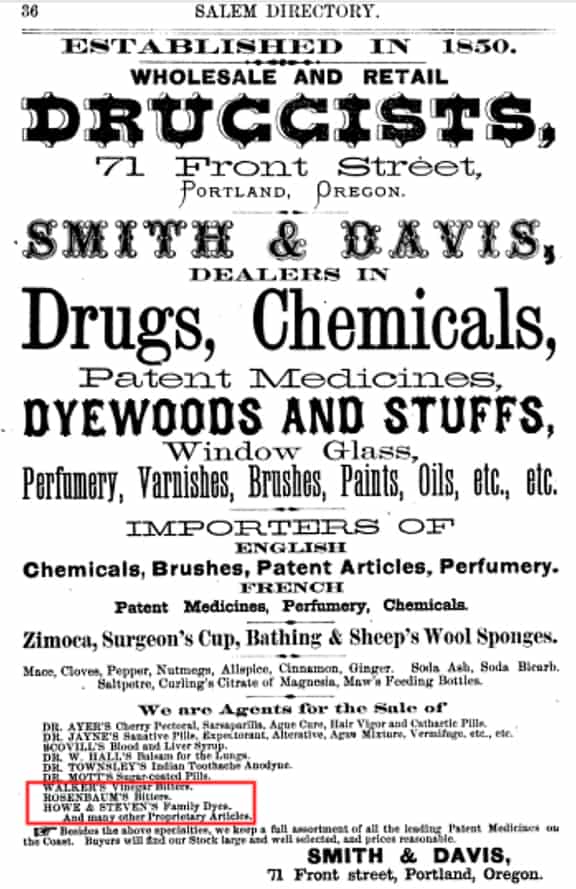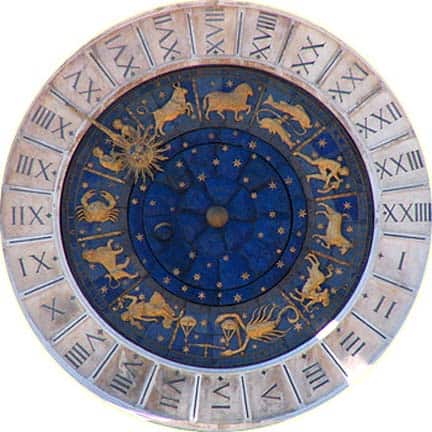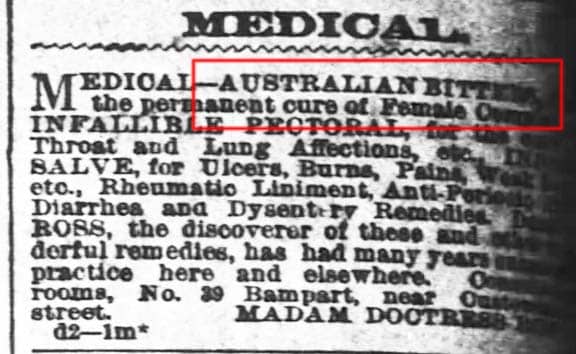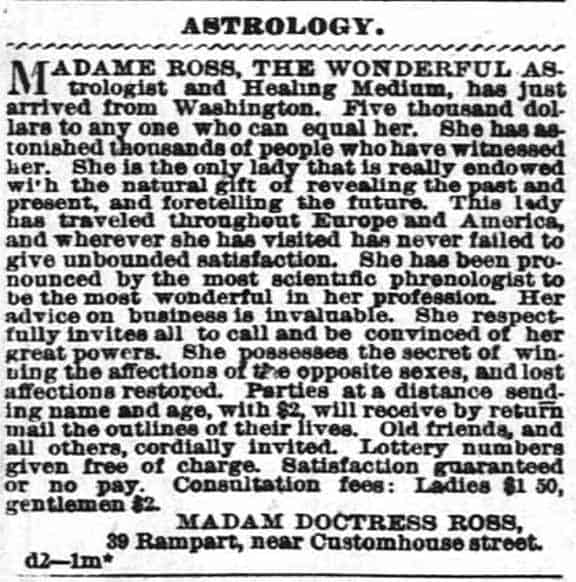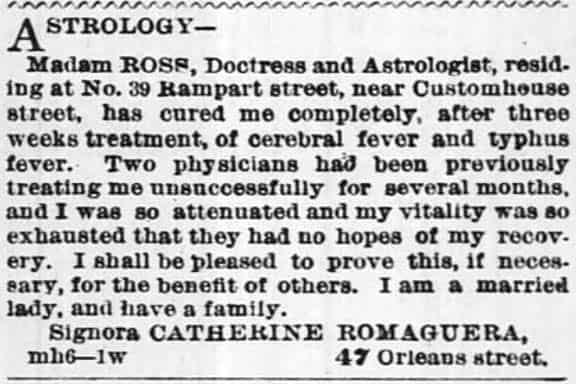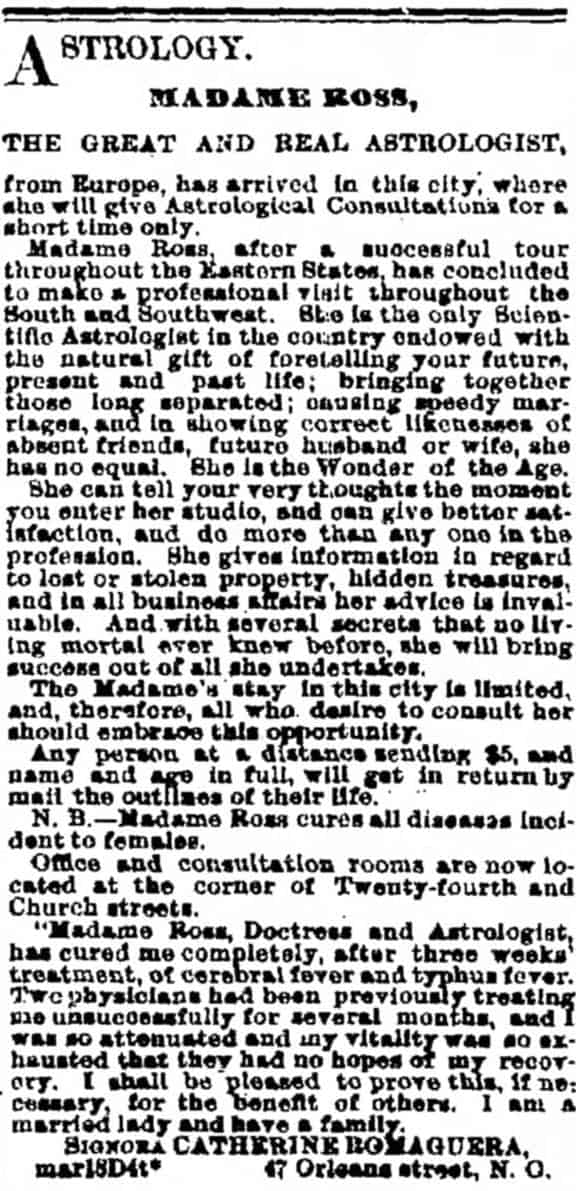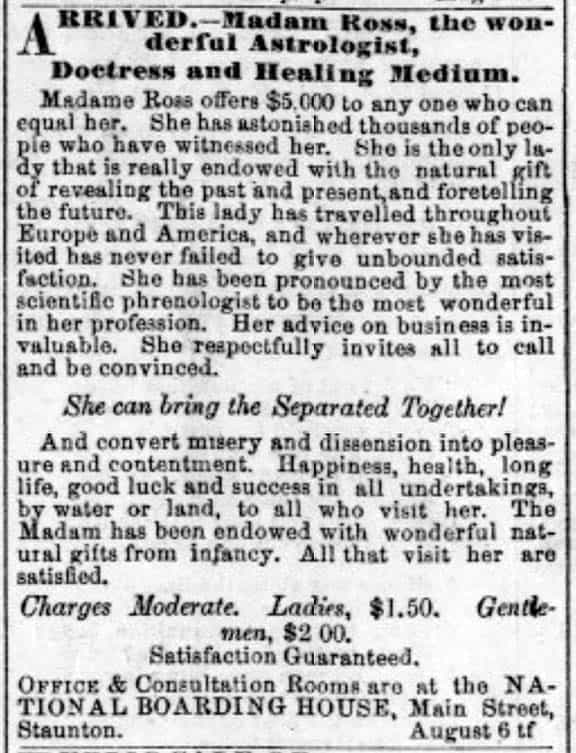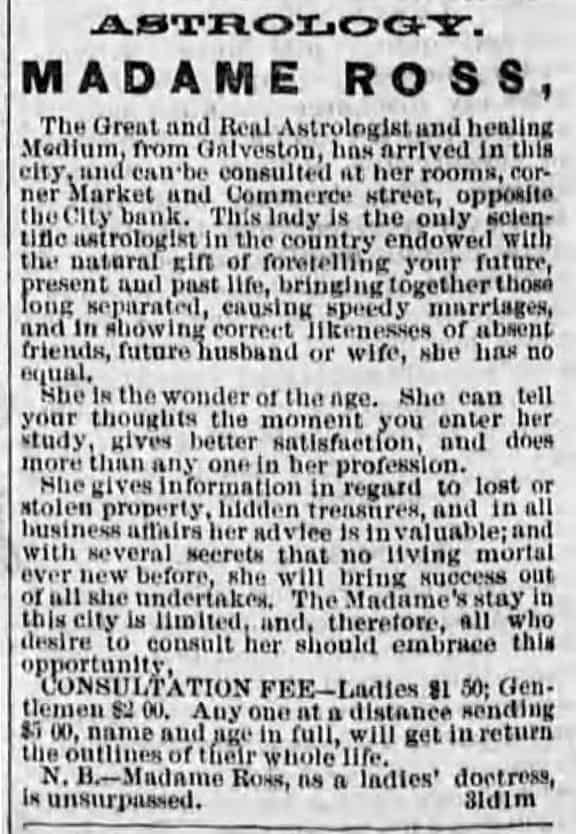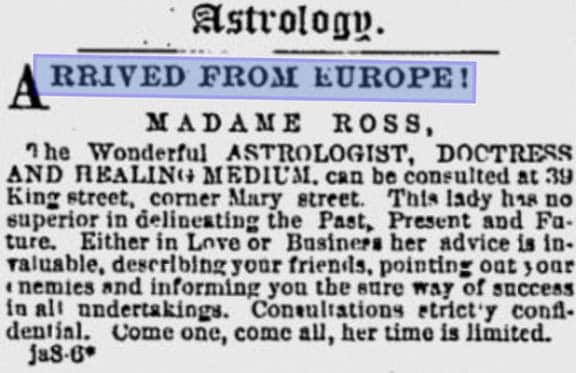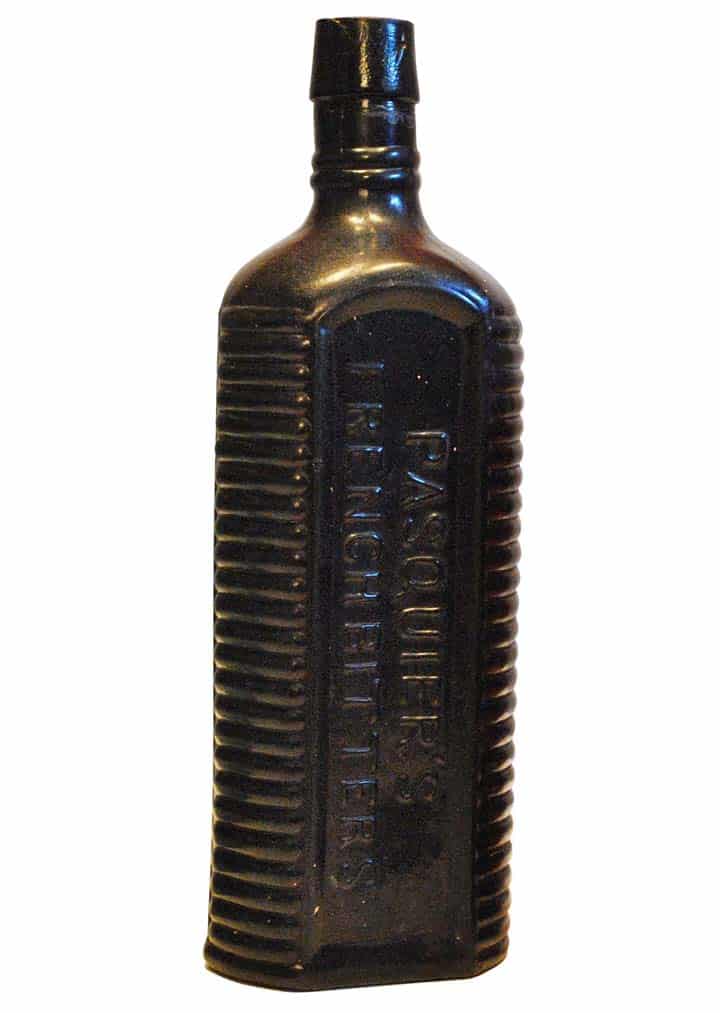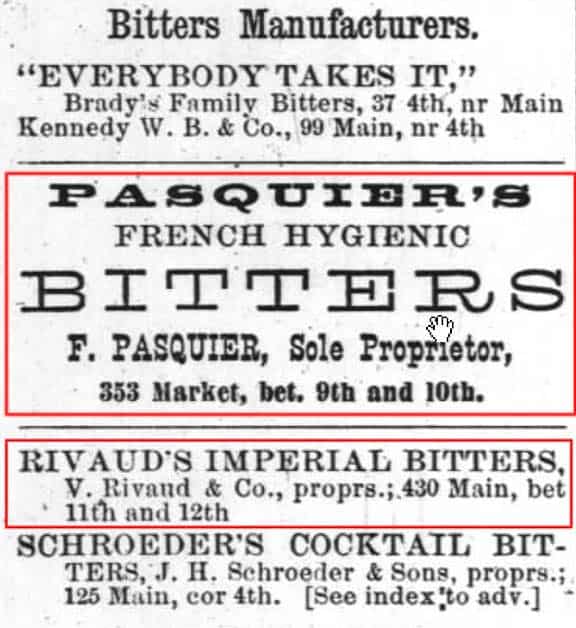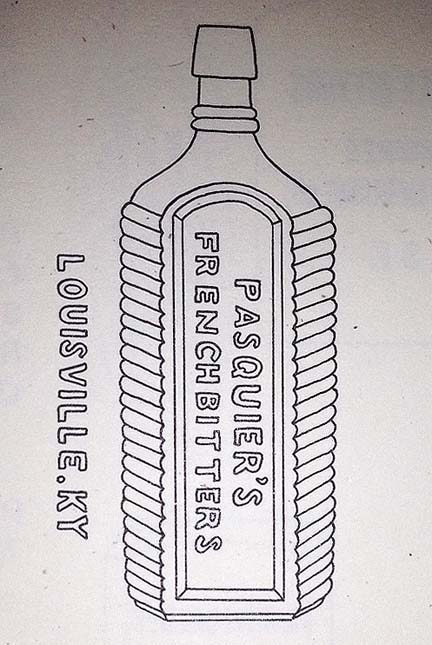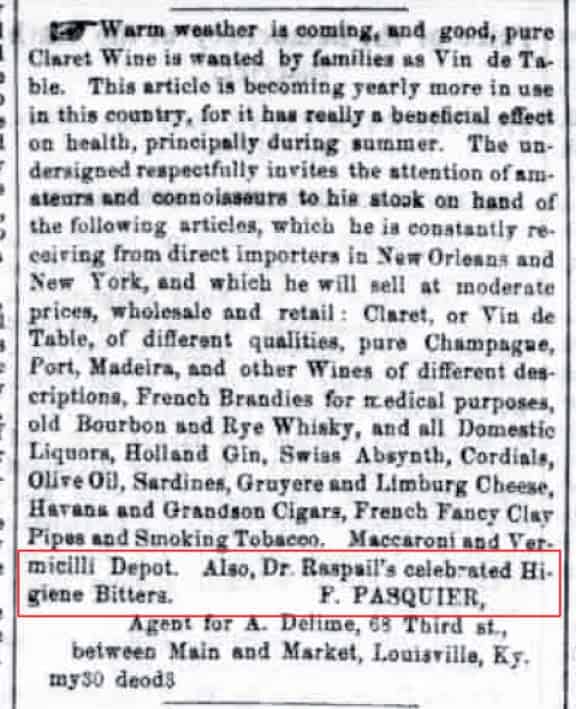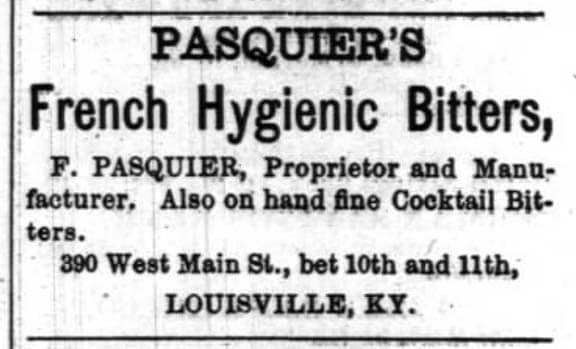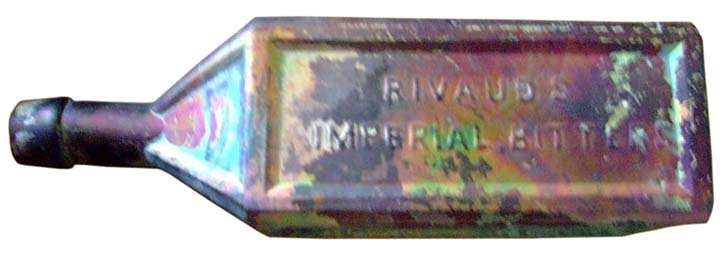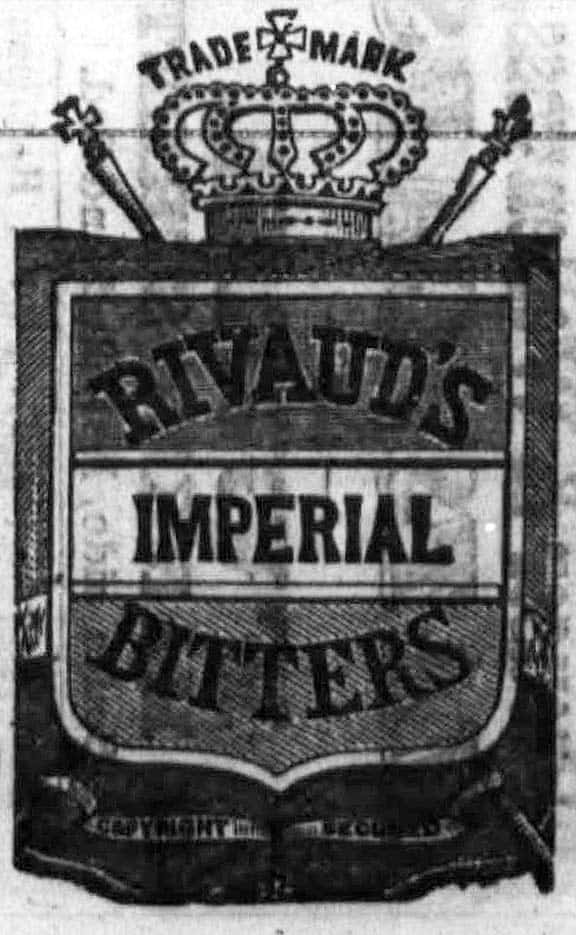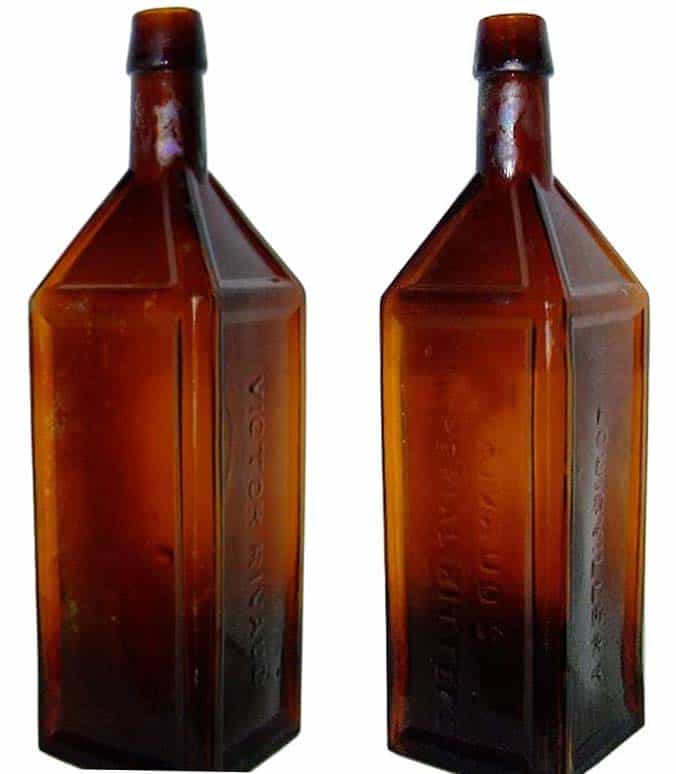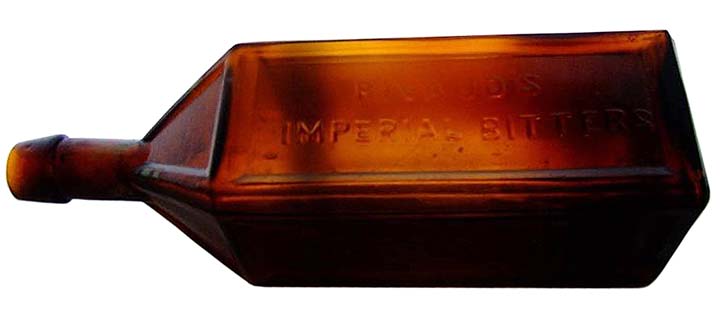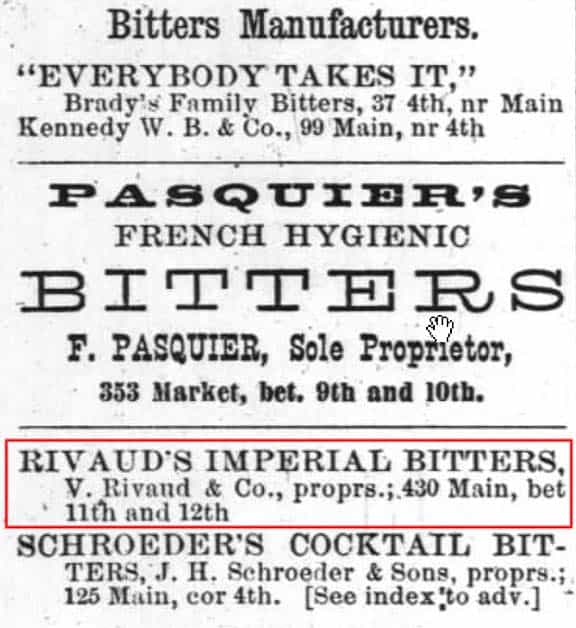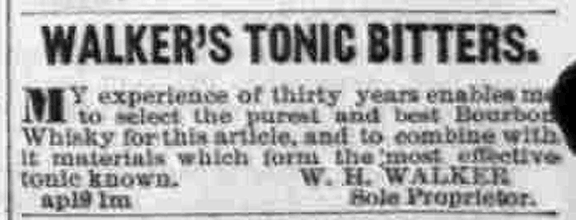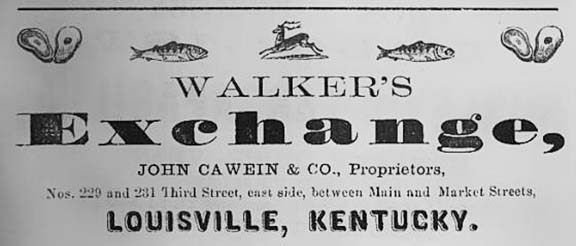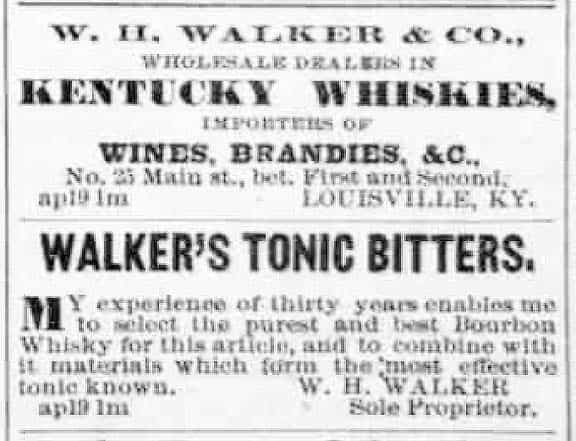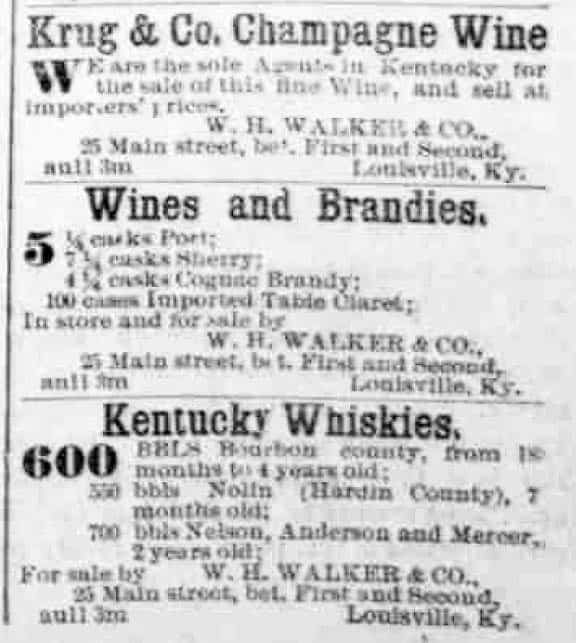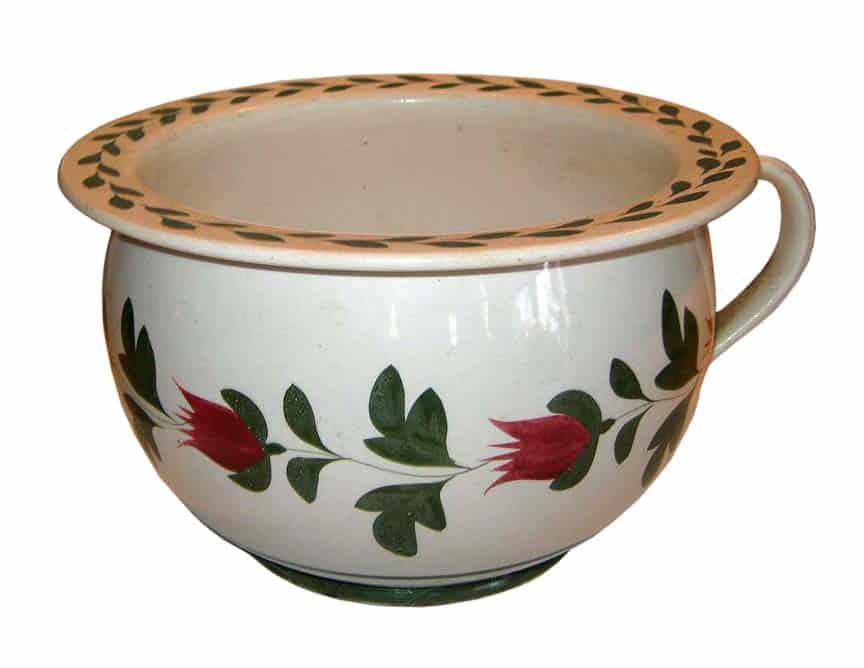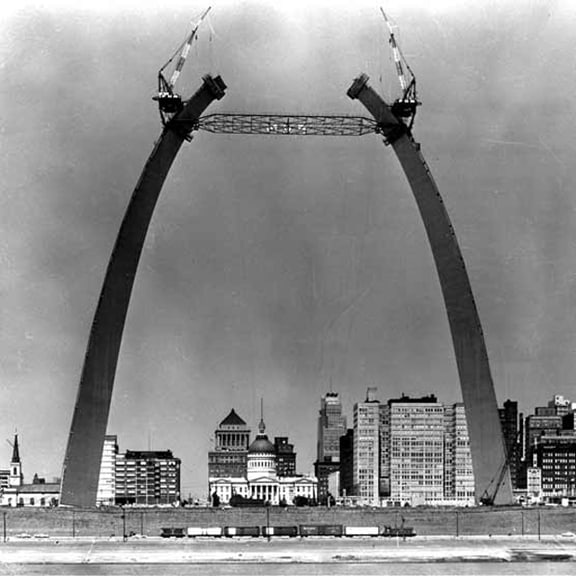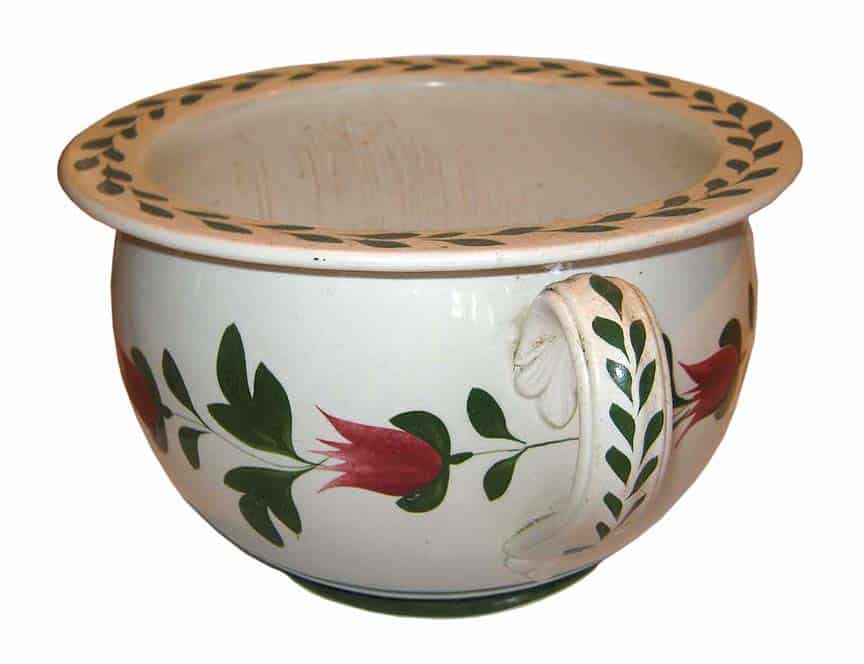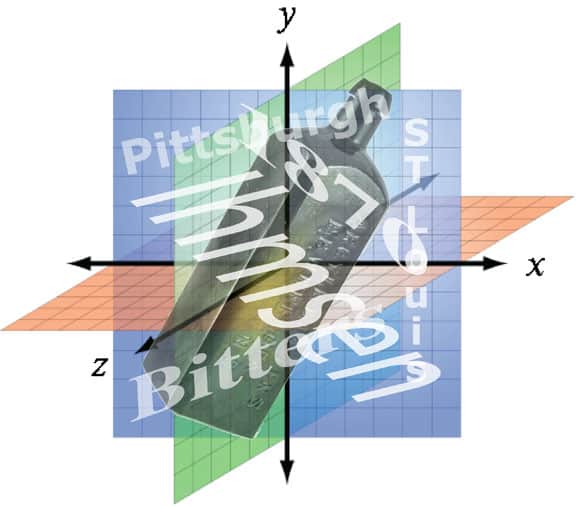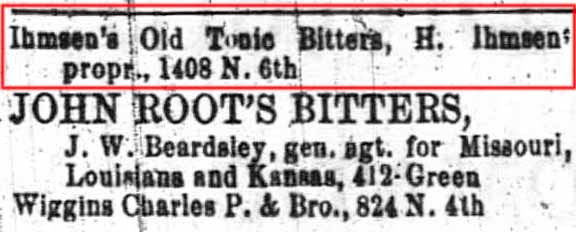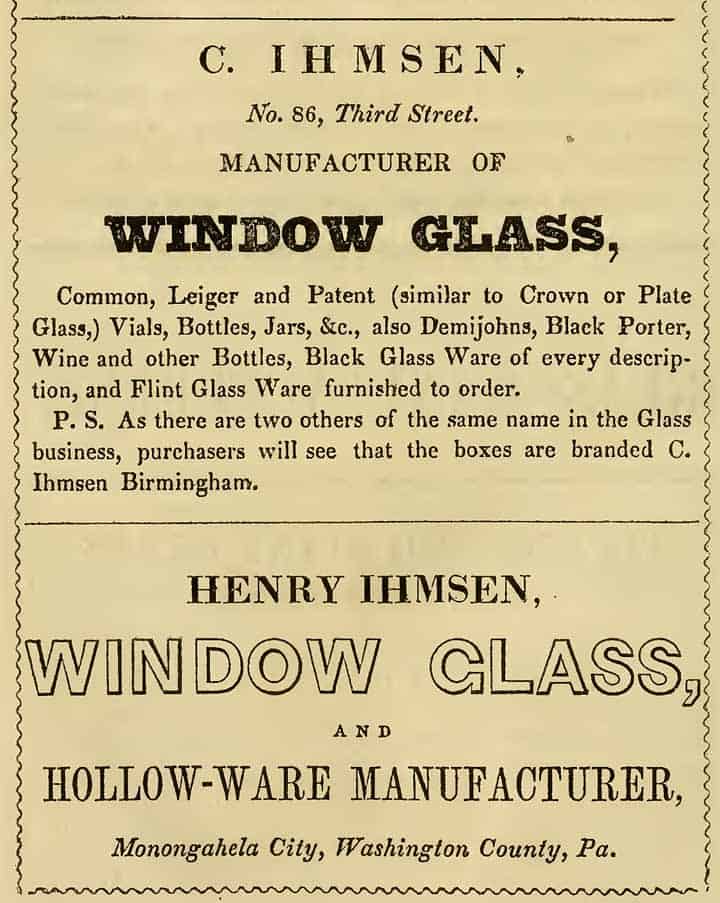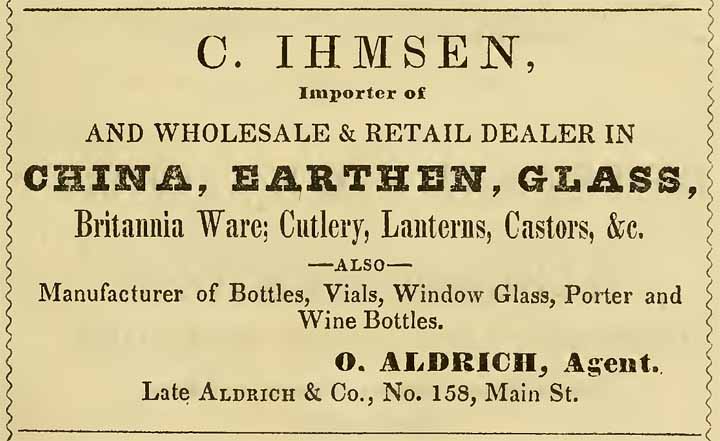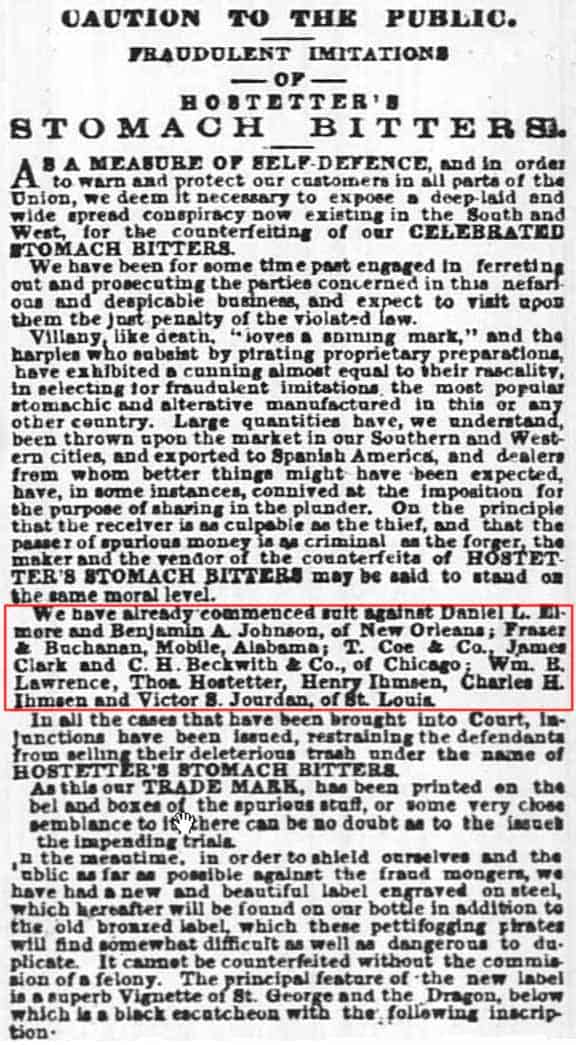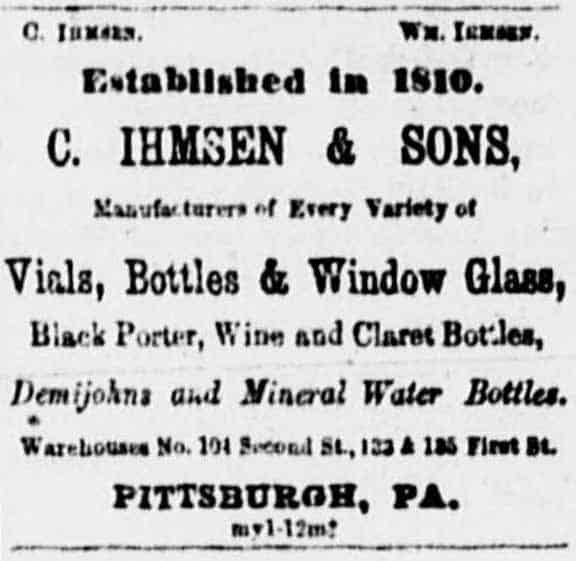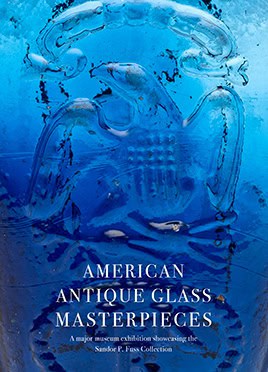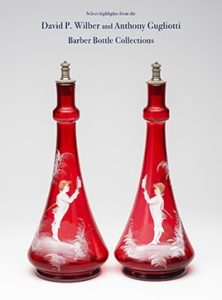Litthauer Stomach Bitters by Josef Lowenthal
29 December 2013 (R•102115)
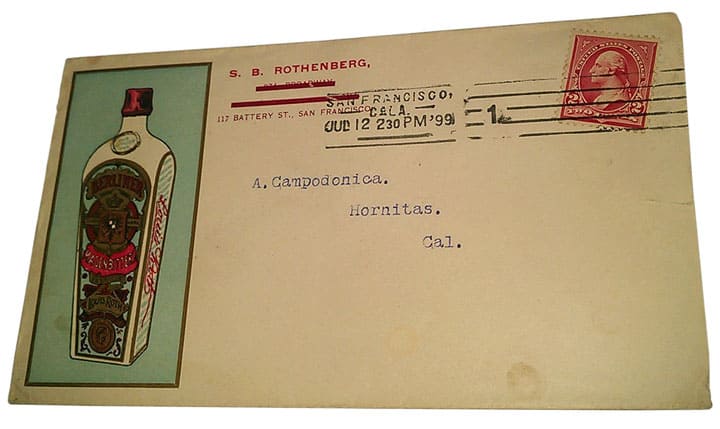
S. B. Rothenberg’s (Louis Roth) Berlin Magen Bitters advertising envelope. Note the San Francisco return address. The NY return address has been marked out. – 1899
![]() I made a comment in yesterdays Germania Magen Stomach Bitters post and said at some point, I hope to untangle, in my mind at least, all of the German and Polish case gin, bitters bottle brands such as Hartwig Kantorowicz, Josef Lowenthal, Luhenthal Brothers, Rudolph Bader, S. B. Rothenberg, Louis Roth, Fritz Rueter Bitters, Litthauer Stomach Bitters and Lohengrin Bitters to name a few. The Germania Stomach Bitters (see picture below) specifically listed the Luhenthal Bros. & Co. from Cleveland, Ohio on the label which surprised me. Why Cleveland, Ohio?
I made a comment in yesterdays Germania Magen Stomach Bitters post and said at some point, I hope to untangle, in my mind at least, all of the German and Polish case gin, bitters bottle brands such as Hartwig Kantorowicz, Josef Lowenthal, Luhenthal Brothers, Rudolph Bader, S. B. Rothenberg, Louis Roth, Fritz Rueter Bitters, Litthauer Stomach Bitters and Lohengrin Bitters to name a few. The Germania Stomach Bitters (see picture below) specifically listed the Luhenthal Bros. & Co. from Cleveland, Ohio on the label which surprised me. Why Cleveland, Ohio?
Read: History of Kantorowicz Family and their Factory
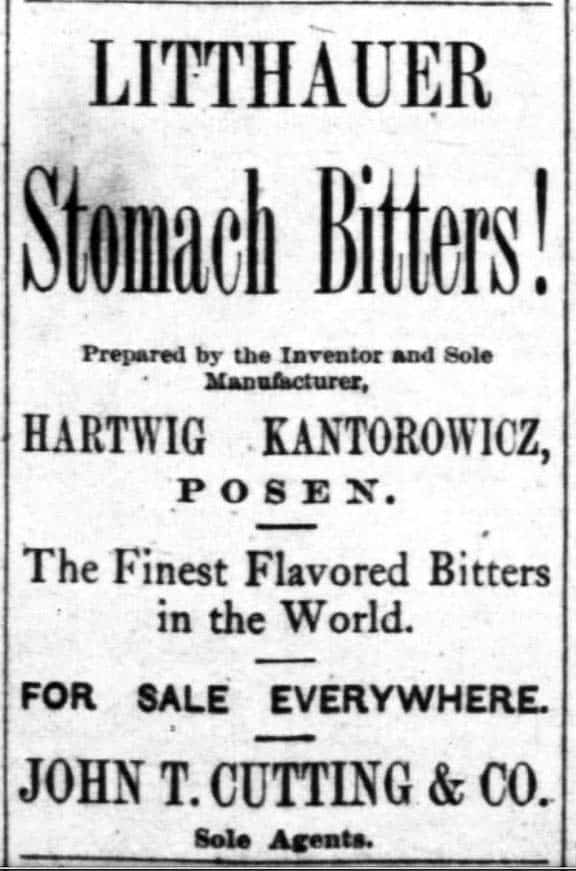
Early Litthauer Stomach Bitters advertisement. Prepared by the Inventor and Sole Manufacturer Hartwig Kantorowicz, Posen, John T. Cutting & Co., Sole Agents – The San Francisco Chronicle, 29 May 1883
Dr. Richard Cannon notes that “An industrial revolution began in Germany in the mid-1800s which promoted the interests of a growing class of business men, and by the late 1800s, Germany had become a great industrial nation, importing goods to other nations.” This certainly included bitters products and it included Cleveland, Ohio among other locales.
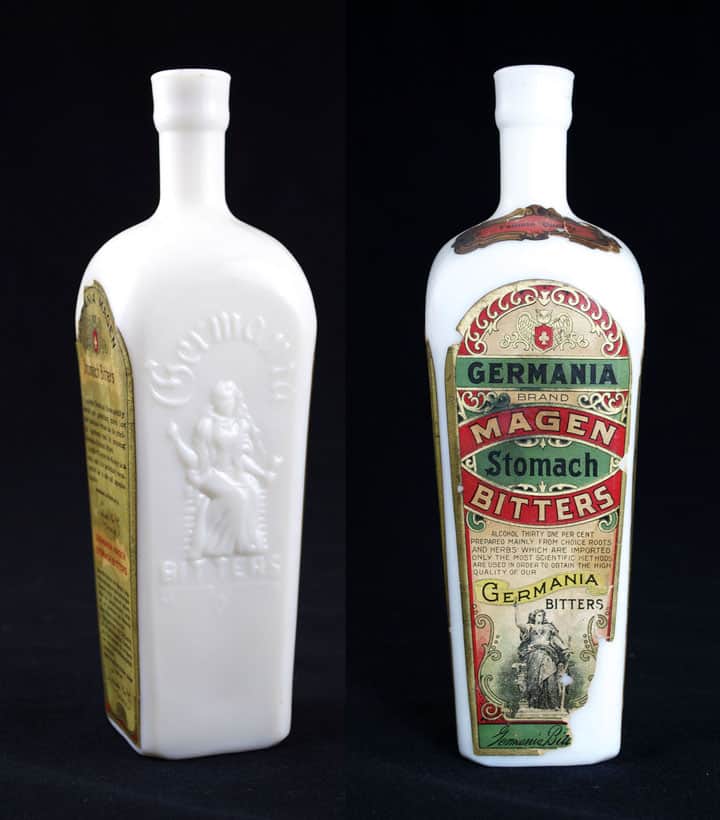
Unlisted (as the WM. C. OESTING embossing is missing) Germania Magen Stomach Bitters, Luhenthal Bros. & Co., Cleveland, Ohio – Katzen Collection
Today, I approached one of my ‘non-window’ shelves and pulled out a few of my Litthauer Stomach Bitters examples which will be the primary subject of this post. My label only, L 106 (similar) – Litthauer Stomach Bitters (pictured below) was invented in 1864 by Josef Lowenthal in Berlin, Germany. My example measures 9 1/2 x 2 3/8 (6 5/8) and is a square case gin, applied top, milk glass bottle with 95% original label, cork and partial contents. There is no mention of Hartwig Kantorowicz on the label which is perplexing.
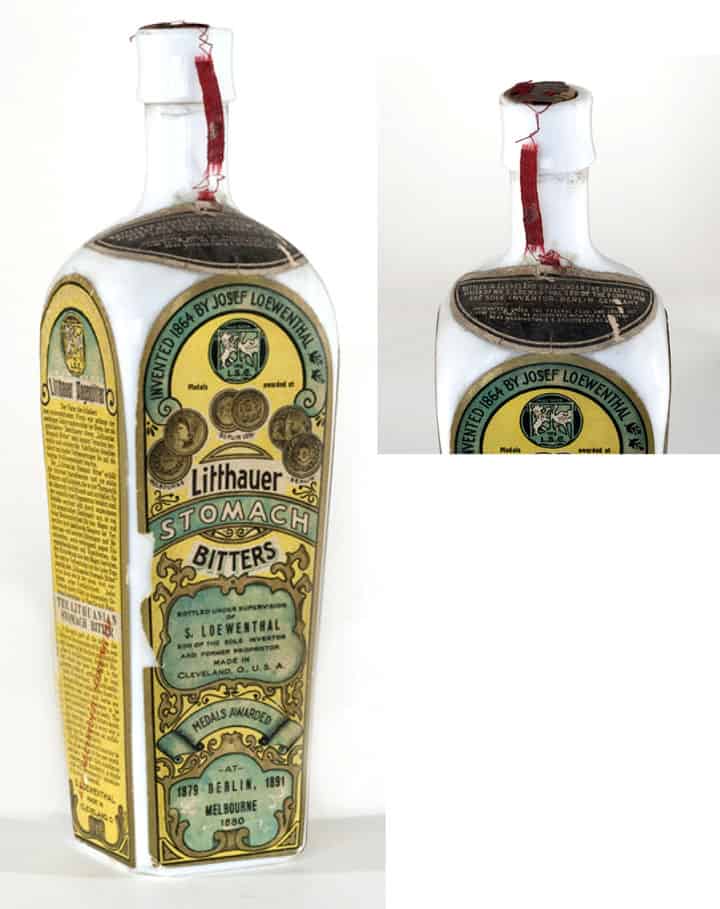
L 106 (similar) – A label only, Litthauer Stomach Bitters, Invented by S. Loewenthal, Made in Cleveland, Ohio – Meyer Collection
Part of the top shoulder label reads, “Bottled in Cleveland, Ohio under the direct supervision of Mr. S. Lowenthal, son of the former prop. and sole inventor, Berlin Germany.” I also see, “Medals awarded 1879 Berlin, 1896, 1891, 6 Preise Melbourne 1880.”
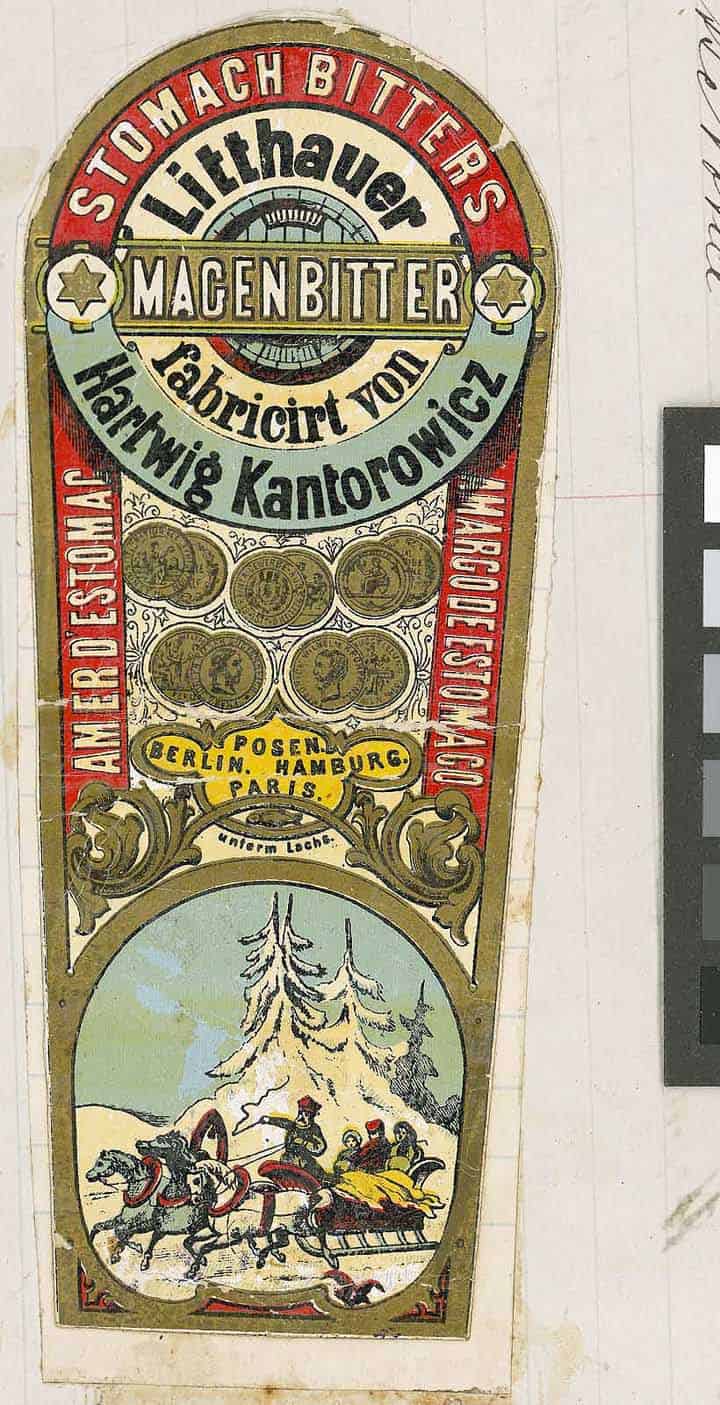
Trade mark number 961. Mr E Waters for Hartwig Kantorowicz – “Stomach Bitters, Litthauer, Magenbitter, 1883 – National Archives of Australia
When I search online I find the following which seems to refer to my bottle:
NOTICE OF JUDGMENT NO. 2207.
(Given pursuant to section 4 of the Food and Drugs Act.)
MISBRANDING OF STOMACH BITTERS.
On May 21, 1912, the United States Attorney for the District of New Jersey, acting upon a report by the Secretary of Agriculture, filed in the District Court of the United States for said district a libel for the seizure and condemnation of fifteen cases of bitters remaining unsold and in the original unbroken packages and in possession of Zucker-Steiner & Co., Newark, N. J., alleging that the product had been shipped on or about December 11, 1911, by the Lowenthal, Strauss Co., Cleveland, Ohio, and transported from the State of Ohio into the State of New Jersey, and charging misbranding in violation of the Food and Drugs Act. The product was labeled: (On cases) “Bottled in Cleveland, Ohio, under the direct supervision of Mr. S. Lowenthal, son of the former proprietor, Josef Lowenthal, Berlin.”
The principal ingredients being imported. Litthauer Stomach Bitters, invented 1864 by Josef Lowenthal, Berlin. Bottled under the supervision of S. Lowenthal, son of the former proprietor and sole inventor, Berlin, Germany.” (On bottles) “Invented 1864 by Josef Lowenthal, Berlin. Trade Mark, The L. S. Co., Litthauer Stomach Bitters, bottled under the supervision of S. Lowenthal, son of the sole inventor and former proprietor, Berlin, Germany. Medals awarded 1879 Berlin, 1896, 1891, 6 Preise Melbourne 1880.”
(Supplemental label on bottles) “Bottled in Cleveland, Ohio under the direct supervision of Mr. S. Lowenthal, son of the former prop, and sole inventor, Berlin, Germany. Guaranteed under the Federal Food and Drug Act June 30, 1906. As registered with the U. S. Gov’t. Washington, D. C. Registered No. 13057.” Upon the sides of the bottles there was also a label containing statements in English, German, French, and Spanish, concerning the history and merits of the preparation, and also the declaration that it was 45 per cent alcoholic strength.
Misbranding was alleged in the libel for the reason that the statements upon the labels conveyed the impression that it was of foreign manufacture, to wit, that it was manufactured in Germany, whereas, in truth and in fact, it was manufactured in the United States, and therefore was falsely branded as to the country in which it was manufactured.
On August 8, 1912, no claimant having appeared for the property, judgment of condemnation and forfeiture was entered and it was further ordered that the product should be sold by the United States marshal.
W. M. HAYS,
Acting Secretary of Agriculture.
WASHINGTON, D.C. January 16, 1913.
LITTHAUER STOMACH BITTERS
 Frank Wicker over at Bottle Pickers is an authority on German Bitters. This past summer, I had the good fortune to see his collection. Read: Wicker Visit – Austin Healey’s and Elephants. Frank confirms that Litthauer Stomach Bitters was invented by Joseph Loewenthal in 1864 in Berlin, Germany as the label states. According to Frank, the bottles that are embossed Litthauer Stomach Bitters, Invented by Joseph Loewenthal Berlin are the earliest variants. These case gin style bottles were a milk glass color.
Frank Wicker over at Bottle Pickers is an authority on German Bitters. This past summer, I had the good fortune to see his collection. Read: Wicker Visit – Austin Healey’s and Elephants. Frank confirms that Litthauer Stomach Bitters was invented by Joseph Loewenthal in 1864 in Berlin, Germany as the label states. According to Frank, the bottles that are embossed Litthauer Stomach Bitters, Invented by Joseph Loewenthal Berlin are the earliest variants. These case gin style bottles were a milk glass color.
Dr. Richard Cannon adds that Litthauer Stomach Bitters was patented in May, 1880, by Mayer Brothers and Company, New York, N.Y. The labels on the Hartwig Kantorowicz, Posen, Hamburg, Germany bottles and related variants read: Litthauer Stomach Bitters; Invented by Joseph Loewenthal; Manufactured by Hartwig Kantorowicz; Taken over by S. Loewenthal, son of sole inventor. Berlin, New York, Paris, and Nachflig are also embossed on the variants. One label reads: The S. Loewenthal Co. Sole Manufacturer, Cleveland, Ohio. All of this would indicate that the bottle embossed Litthauer Stomach Bitters, Invented 1864 by Joseph Loewenthal Berlin, is an earlier variant of the same product. However this label appears on some of these bottles: Litthauer Stomach Bitters; Invented 1864 by Joseph Loewenthal; Bottled under supervision of S. Loewenthal, son of sole inventor and former proprietor; Made in Cleveland, O., U.S.A.; Metals awarded, 1879, 1891, Berlin. This bottle, my example, would then be one of the earliest variants.
Per the Litthauer Stomach Bitters 1883 advertisement above, Hartwig Kantorowicz, Posen. was noted as the Inventor and Sole Manufacturer of Litthauer Stomach Bitters. Some of these case gin style milk glass color bottles were embossed Hartwig Kantorowicz, Posen, Hamburg, Germany. Other variants had Berlin, New York, Paris and Nachelg embossed on them. The label reads Litthauer Stomach Bitters: Invented by Joseph Loewenthal: Manufactured by Hartwig Kanaorowicz: Taken over by S. Loewenthal, son of the sole inventor.
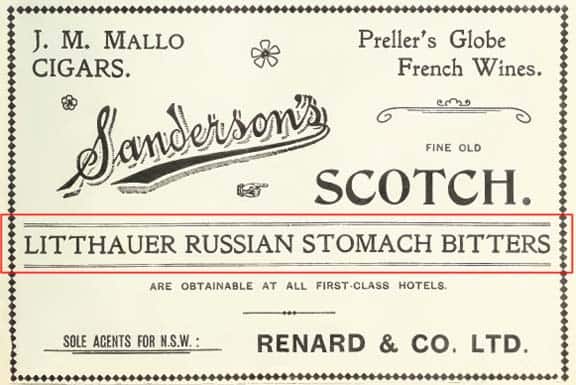
Litthauer Russian Stomach Bitters advertisement, sold at Renard & Co., LTD. – Stead’s Review (Melbourne, Australia), 1899
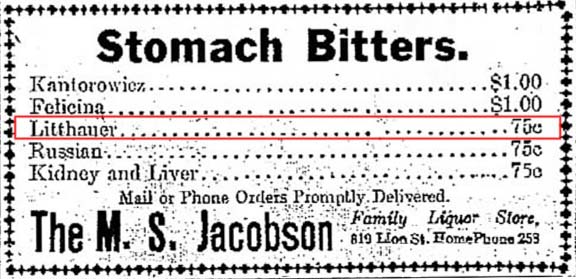
Litthauer Russian Stomach Bitters advertisement, sold at The M. S. Jacobson Family Liquor Store – Dunkirk Evening Observer (New York), 3 July 1914
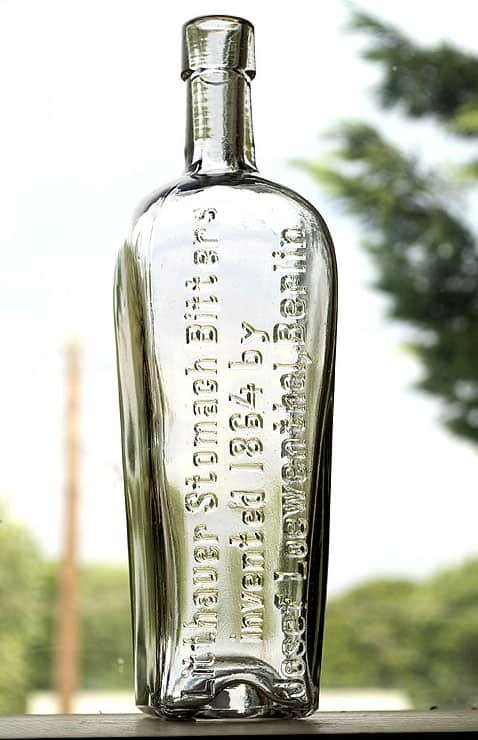
“LITTHAUER STOMACH BITTERS / INVENTED 1864 BY / JOSEF LOEWENTHAL, BERLIN”, (Ring/Ham, L-101), German, ca. 1880 – 1900, clear glass, case gin form, 9 3/4”h, smooth base, tooled lip. Perfect condition, and considerably harder to find than the milk glass bottle with the same embossing. – Glass Works Auctions
Select Timeline Events:
As you can see, this product, in various packages and forms, had a life span between 1864 and 1914, at least. This is a rare bottle were very few surviving bottles. Where are they?
1864: Litthauer Stomach Bitters (pictured below) was invented in 1864 by Josef Lowenthal in Berlin, Germany.
1879: Litthauer Stomach Bitters “Medals awarded 1879 Berlin, 1896, 1891, 6 Preise Melbourne 1880.”
1880: Litthauer Stomach Bitters was patented in May, 1880, by Mayer Brothers and Company, New York, N.Y.
1883: Early Litthauer Stomach Bitters advertisement. Prepared by the Inventor and Sole Manufacturer Hartwig Kantorowicz, Posen, John T. Cutting & Co., Sole Agents – The San Francisco Chronicle, 29 May 1883
1883: Trade mark number 961. Mr E Waters for Hartwig Kantorowicz – “Stomach Bitters, Litthauer, Magenbitter, 1883 – National Archives of Australia
1899: Litthauer Russian Stomach Bitters advertisement, sold at Renard & Co., LTD. – Stead’s Review (Melbourne, Australia), 1899
1912: NOTICE OF JUDGMENT NO. 2207., Misbranding was alleged in the libel for the reason that the statements upon the labels conveyed the impression that it was of foreign manufacture, to wit, that it was manufactured in Germany, whereas, in truth and in fact, it was manufactured in the United States, and therefore was falsely branded as to the country in which it was manufactured.
1914: Litthauer Russian Stomach Bitters advertisement, sold at The M. S. Jacobson Family Liquor Store – Dunkirk Evening Observer (New York), 3 July 1914
Read More: History of Kantorowicz Family and their Factory
Read More: Germania Herb, Root and Fruit Tonic Bitters and the Germania Magen Stomach Bitters

